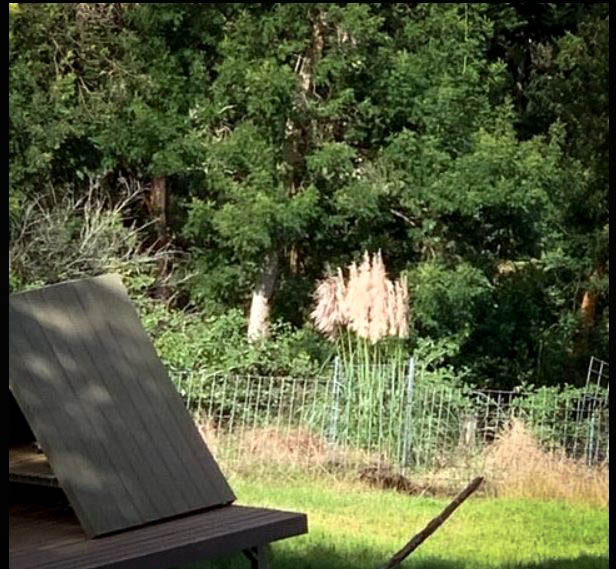Rapid ʻŌhiʻa Death response: In response to community reports, Mike Ade collected two samples for possible Rapid ʻŌhiʻa Death: one…
Read More
September 2020
Molokai/Maui Invasive Species Committee -September 2020
The Molokai Crew at MoMISC has been working hard to continue their surveys for early detection species including little fire…
Read More
Coqui Crew – September 2020
From July through September, the coqui crew worked throughout Haʻikū on populations of frogs near the Kauhikoa Reservoir, the Five…
Read More
Community Coqui Control Progam – September 2020
All four of the Haʻikū neighborhoods involved in the MISC Community Coqui Control Program held work weeks during August. One…
Read More
Early Detection, Outreach, and Education – September 2020
Early Detection:No news is good news, at least from the early detection team. Forest and Kim Starr surveyed the Kahului…
Read More





